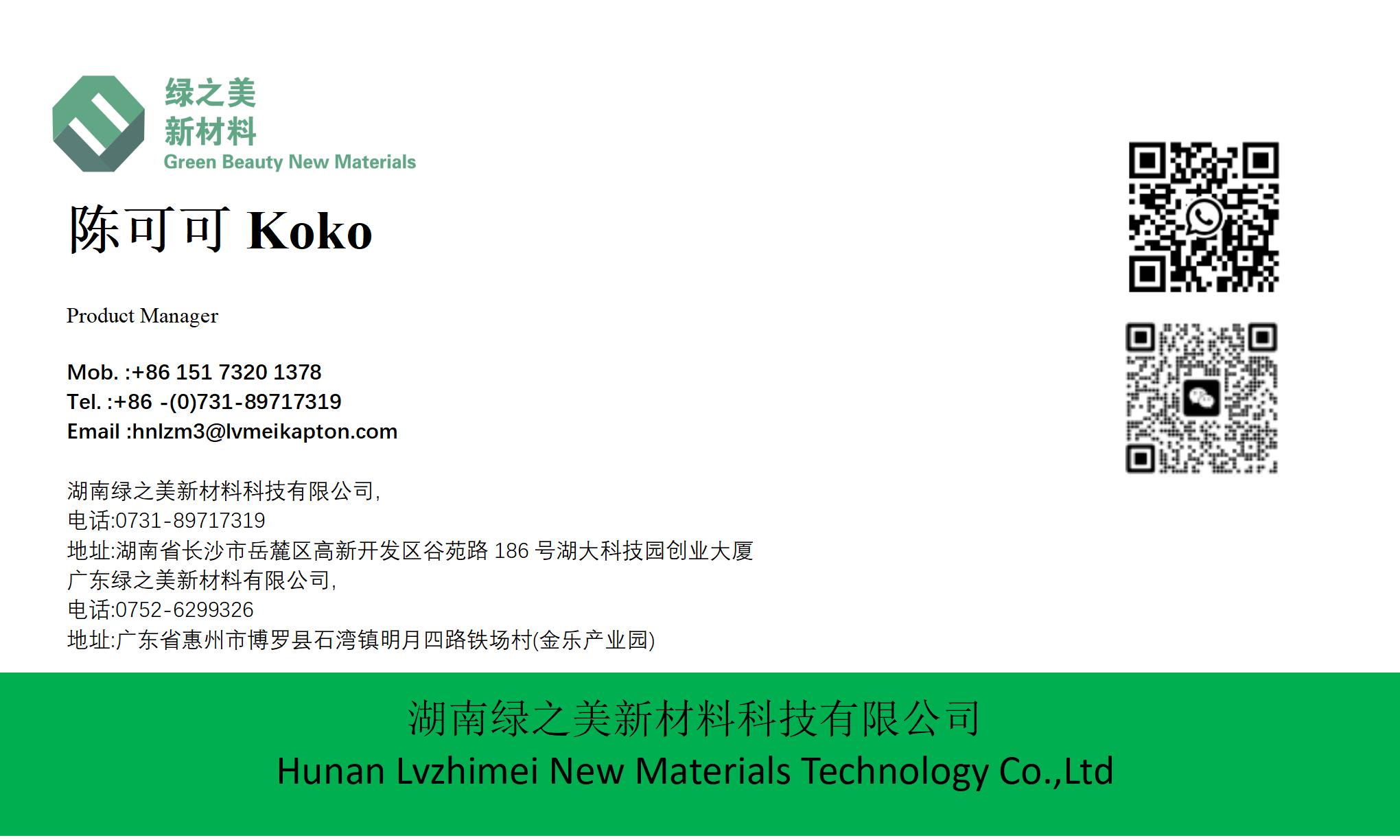



Where Does PI Tape Fit in the 5G Antenna Packaging Heat Dissipation Process | https://www.lvmeikapton.com/
The advancement of 5G technology has introduced new challenges in the field of antenna packaging, particularly in heat dissipation. This article examines where polyimide (PI) tape fits into the 5G antenna packaging heat dissipation process and its significance in ensuring optimal performance.
In the complex structure of 5G high-frequency antenna packaging, PI tape plays a crucial role in the heat dissipation process. Typically, PI tape is applied between the antenna components and the heat sink. Its high thermal conductivity allows for efficient heat transfer from the heat-generating components to the heat sink, where the heat can be dissipated into the surrounding environment.
PI tape's excellent thermal stability ensures that it can withstand the high temperatures generated by 5G antennas without losing its effectiveness. This makes it an ideal choice for applications where consistent performance is essential. Additionally, its adhesive properties provide a secure bond between the antenna components and the heat sink, ensuring optimal heat transfer.
In conjunction with gold finger electronics, PI tape forms a comprehensive heat dissipation system. Gold finger contacts facilitate reliable electrical connections and can withstand high temperatures, ensuring the overall integrity of the packaging system. By integrating PI tape with gold finger electronics, engineers can design packaging solutions that not only dissipate heat effectively but also maintain stable electrical performance.
In conclusion, PI tape fits into the 5G antenna packaging heat dissipation process by providing a reliable and efficient means of heat transfer. Its placement between the antenna components and the heat sink, along with its compatibility with gold finger electronics, makes it an indispensable component in the successful implementation of 5G technology. For more information on PI tape and its applications in heat dissipation, visit https://www.lvmeikapton.com/.





